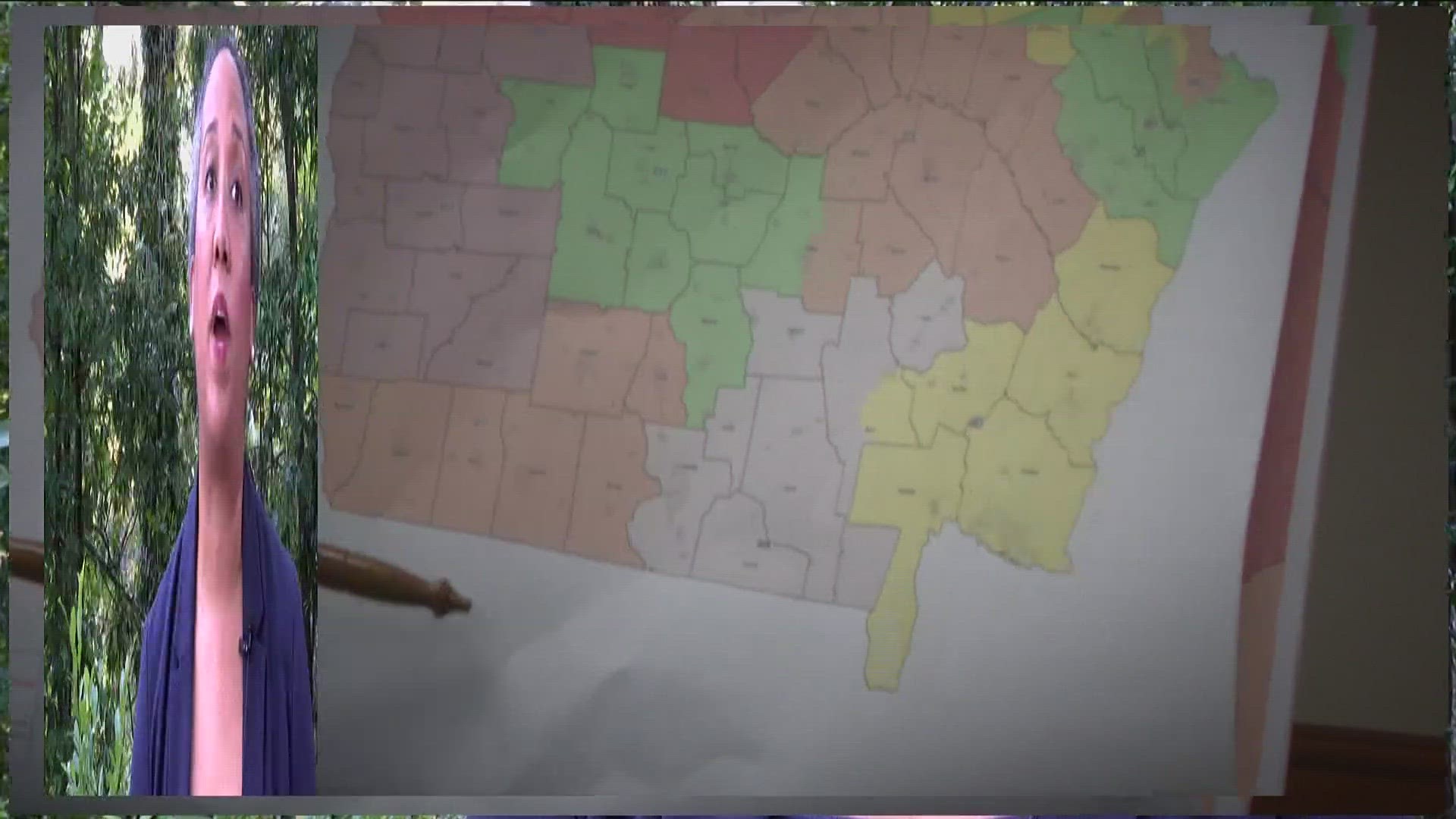MONTGOMERY, Ala. — The Supreme Court on Tuesday allowed the drawing of a new Alabama congressional map with greater representation for Black voters to proceed, rejecting the state's plea to retain Republican-drawn lines that were struck down by a lower court.
In refusing to intervene, the justices, without any noted dissent, allowed a court-appointed special master's work to continue. On Monday, he submitted three proposals that would create a second congressional district where Black voters comprise a majority of the voting age population or close to it.
A second district with a Democratic-leaning Black majority could send another Democrat to Congress at a time when Republicans hold a razor-thin majority in the House of Representatives. Federal lawsuits over state and congressional districts also are pending in Georgia, Louisiana and Texas.
A trial over Georgia's maps was held in early September, with challengers to the state's maps alleging they diluted the power of Black voters and violated the Voting Rights Act.
RELATED: A Georgia trial arguing redistricting harmed Black voters could help decide control of US House
No ruling has yet come down in that case, though the Supreme Court's stance in the Alabama case could now inform how U.S. District Judge Steve C. Jones rules. A bench trial concluded in the case on Sept. 14, with a ruling not yet issued.
Alabama lost its Supreme Court case in June in which its congressional map with just one majority Black district out of seven seats was found to dilute the voting power of the state’s Black residents, who make up more than a quarter of Alabama’s population. 11Alive previously reported that decision could also lead to a likely redrawing of Georgia's maps.
A three-judge court also blocked the use of districts drawn by the state’s Republican-dominated legislature in response to the high court ruling. The judges said Alabama lawmakers deliberately defied their directive to create a second district where Black voters could influence or determine the outcome.
Stark racial divisions characterize voting in Alabama. Black voters overwhelmingly favor Democratic candidates, and white Alabamians prefer Republicans.
The state had wanted to use the newly drawn districts while it appeals the lower-court ruling to the Supreme Court.
Though Alabama lost its case in June by a 5-4 vote, the state leaned heavily on its hope of persuading one member of that slim majority, Justice Brett Kavanaugh, to essentially switch his vote.
The state’s court filing repeatedly cited a separate opinion Kavanaugh wrote in June that suggested he could be open to the state’s arguments in the right case. Kavanaugh, borrowing from Justice Clarence Thomas’ dissenting opinion, wrote that even if race-based redistricting was allowed under the Voting Rights Act for a period of time, that “the authority to conduct race-based redistricting cannot extend indefinitely into the future.”

